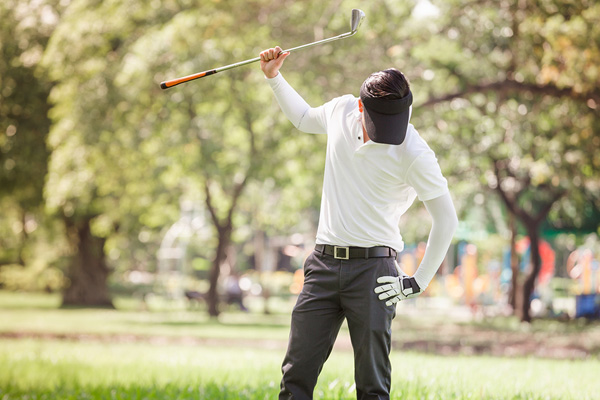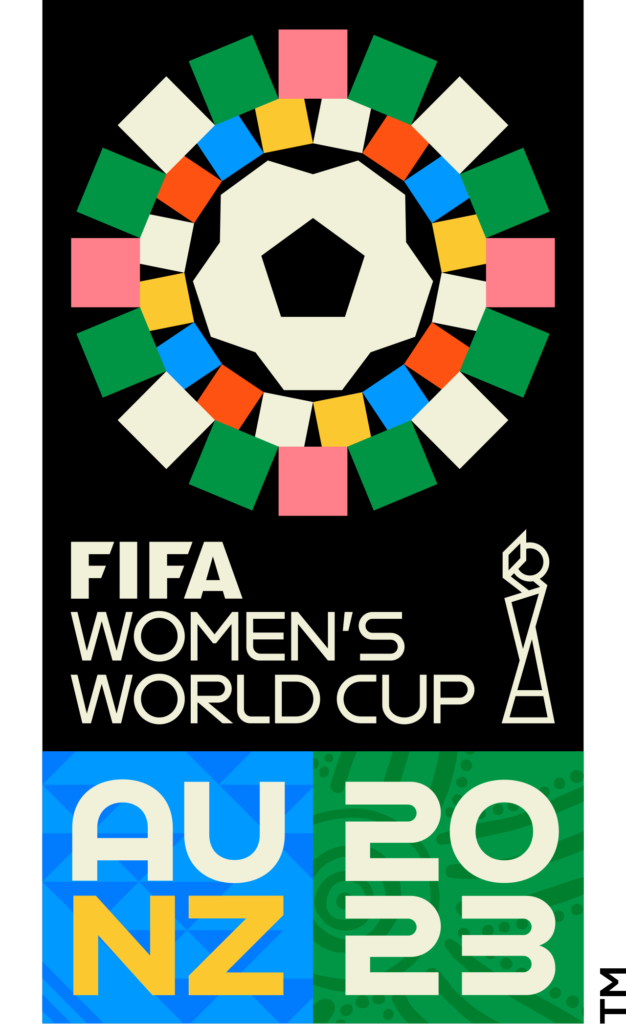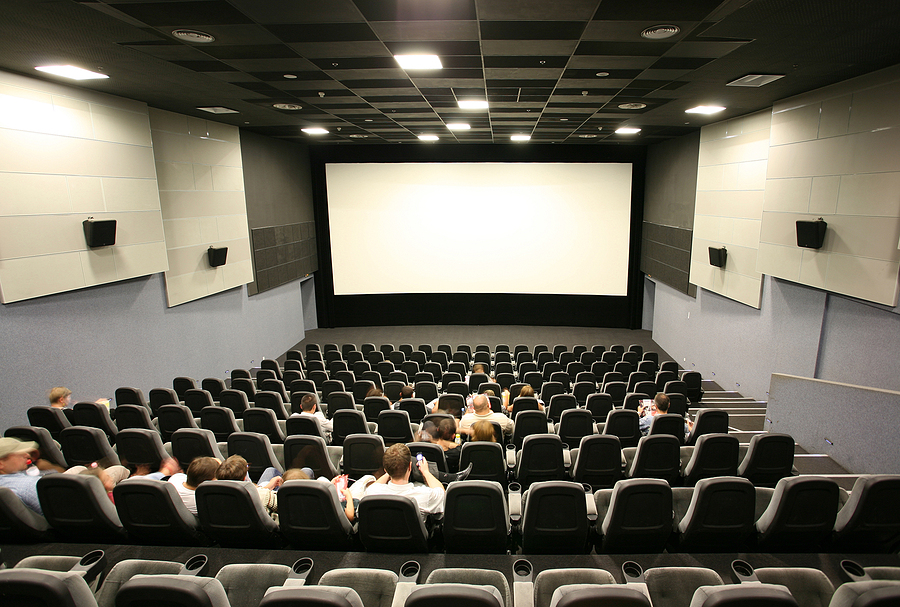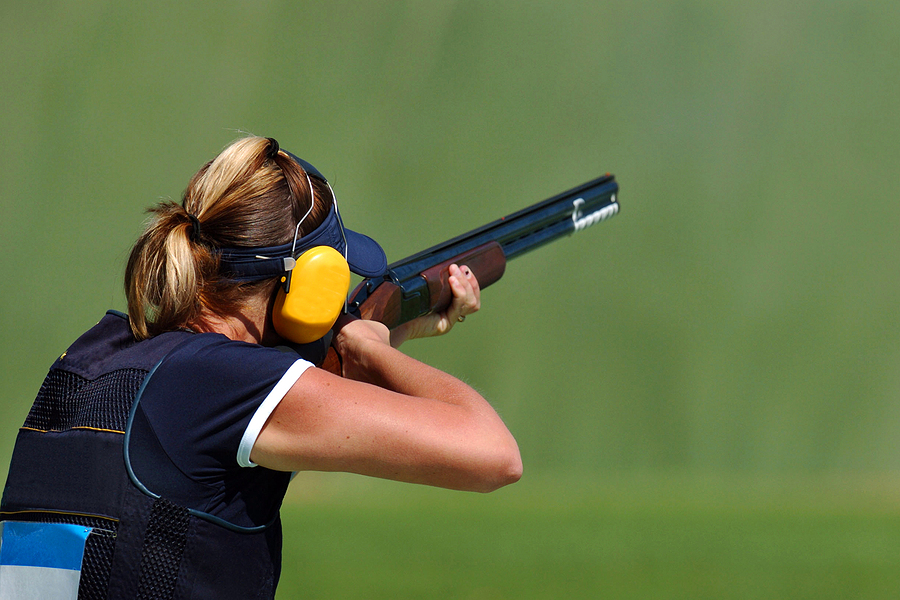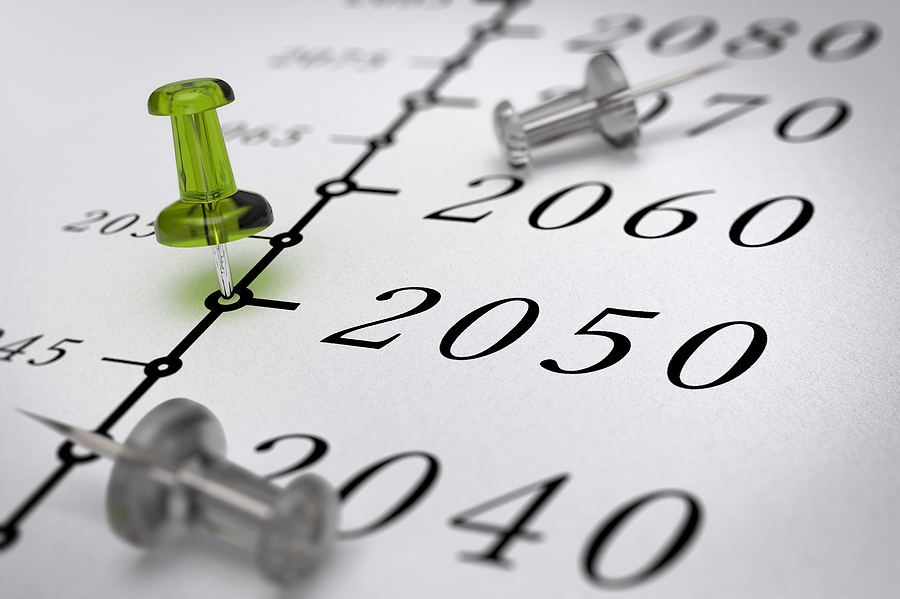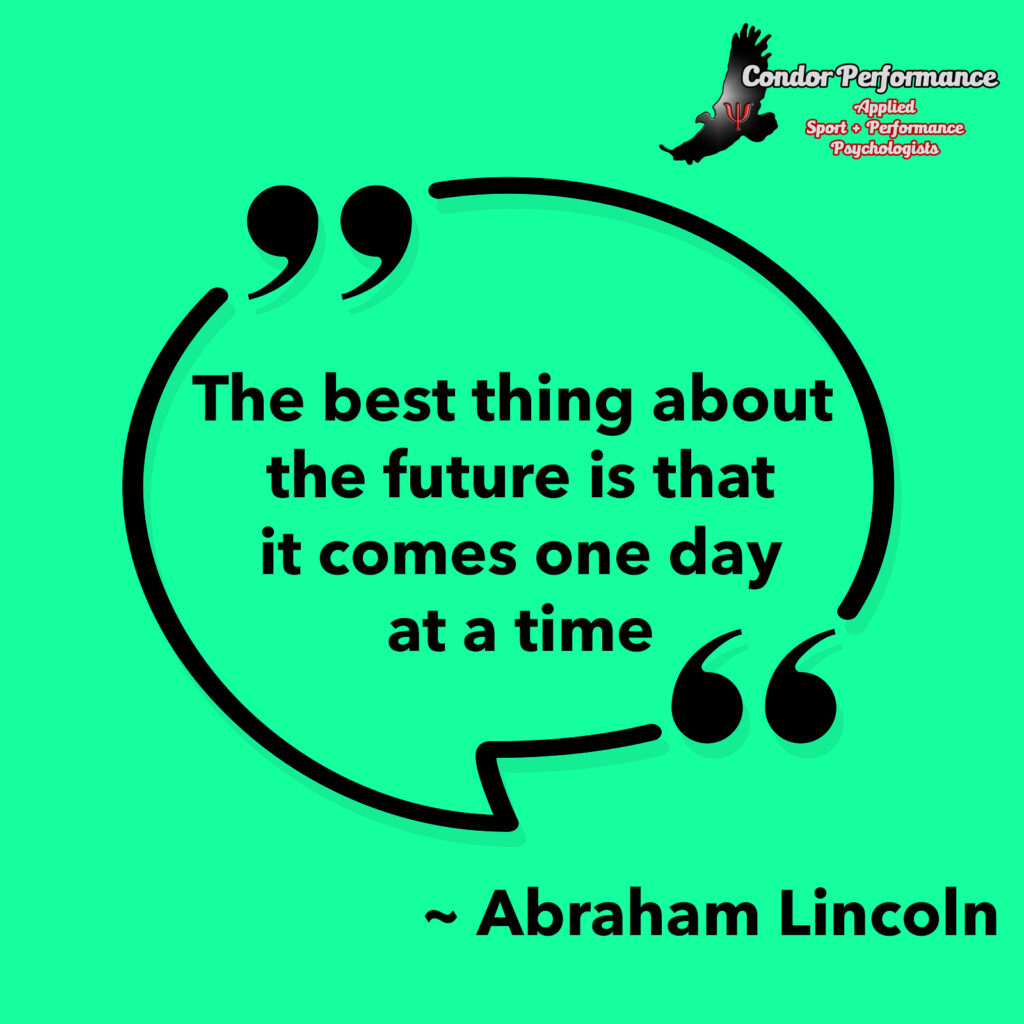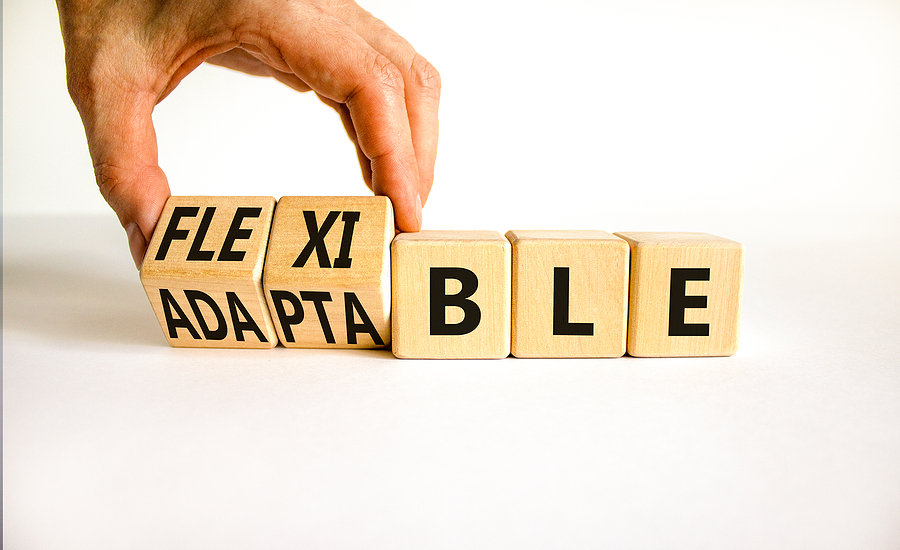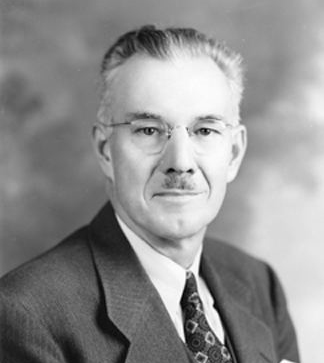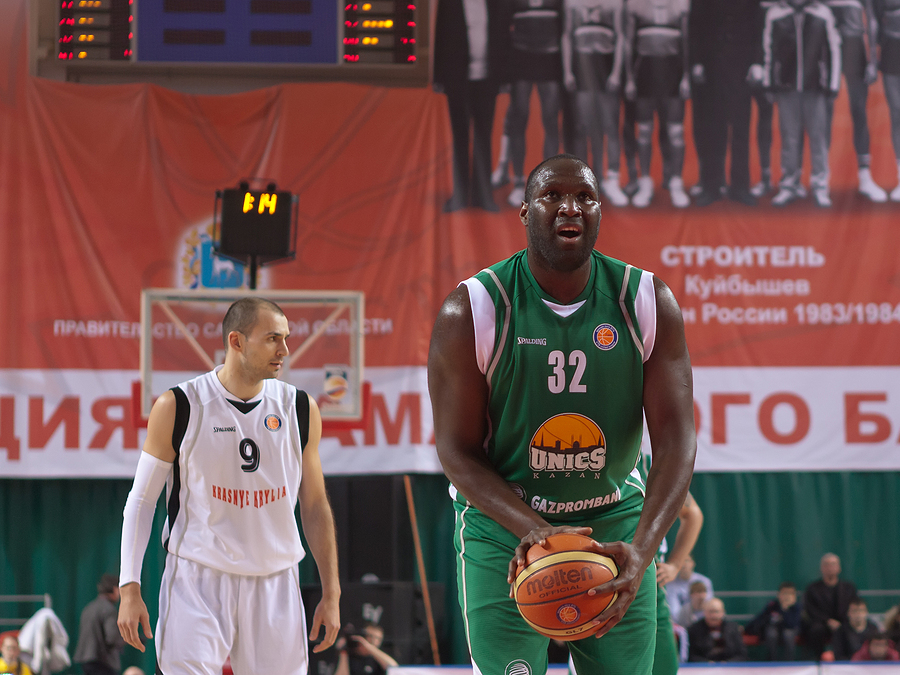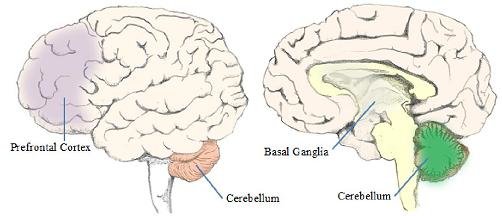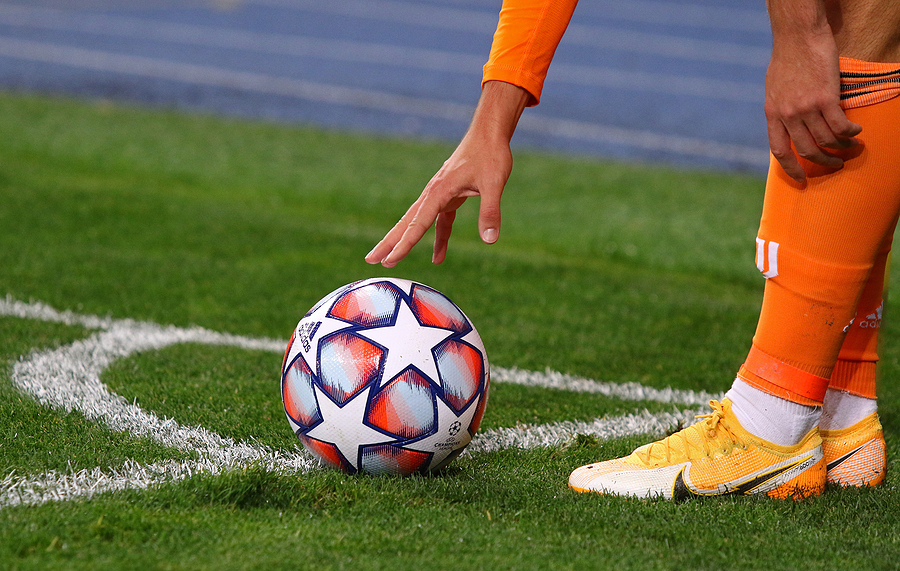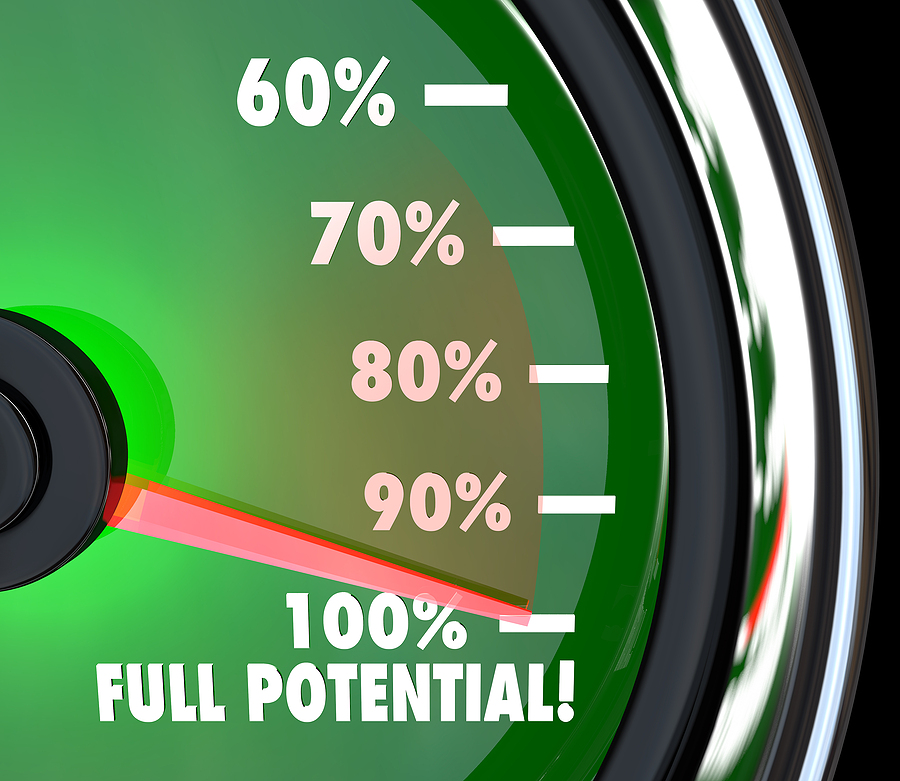
For me, potential in performance is one of the most fascinating topics to debate in modern-day sports psychology. This article is my opinion on the subject. If you take the time to read my ramblings below, you’ll see that I lean heavily towards the view that there isn’t really such a thing as potential.
From a performance psychology perspective, I would even say that it can often be detrimental. But this is just my viewpoint. Please add your counterargument below in the comments section for those who read and disagree. Debating these topics healthily and respectfully is crucial to improving our understanding. So don’t be shy.
“You Have Some Much Potential”
The word ‘potential’ is used extensively across sports and other performance domains, such as music, art, performing arts, and academics. It is used so frequently that it will almost always be regarded as ‘real’. The context in which it is most commonly heard is to describe an individual performer. Someone who can and should be much better in the future based on current or past ‘glimpses’. For example:
“Our starting quarterback has so much potential but often falls short on game day.”
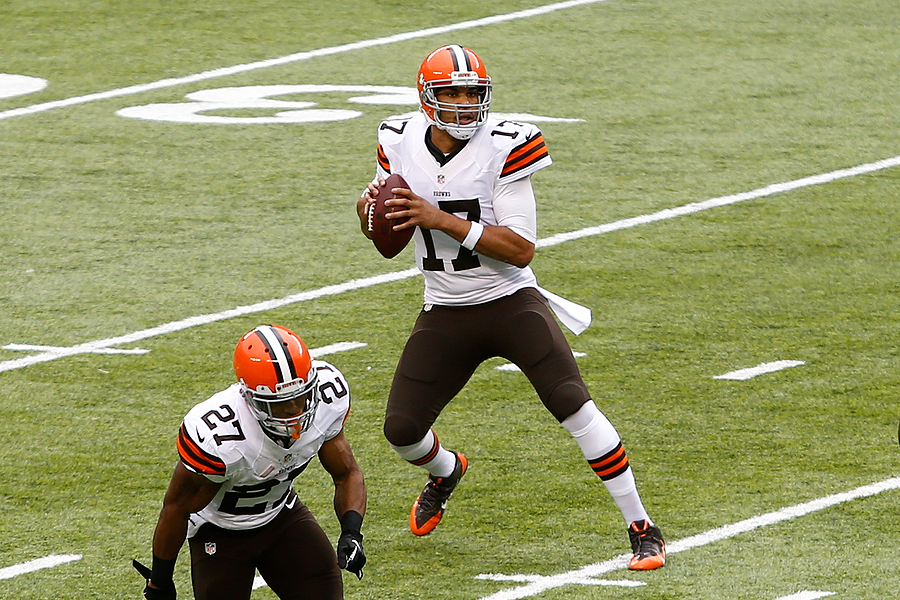
In other words, according to the individual who said these words—let’s say the coach—this athlete has done things that suggest they could be much better later on but are not right now.
All too often, this is down to moments of brilliance. Maybe it’s moments of brilliance during a practice session with little or no competitive pressure. Or perhaps it was one or two unforgettable moments in a game that made everybody sit up and take notice.
The issue with these moments of brilliance is that they are only moments. Even the sports that last the least time (e.g. 100 m sprint) are made up of dozens of moments. Some sports, like cricket, comprise tens of thousands per match. So, if only a few of these moments are brilliant, then it suggests the rest were not, which is the definition of inconsistency.
So, if consistency is the most sought-after aspect of performance (as my colleague Chris argued in this brilliant article), then moments of brilliance count for diddly–squat.
Genetics and Potential
Not always, but often, potential in performance is used to describe genetic or inherited advantages. In other words, if you go back to the good old nature versus nurture debate, we often label performers as having ‘huge potential’ when they have all the genetically inherited ideals for that sport—a naturally taller basketball player or a heavily set forward rugby union forward.
In these scenarios, being labelled as naturally talented can often be a significant handicap from a mental toughness point of view.
Think about it. Our effort is one of the few areas of performance over which we genuinely have considerable influence. Therefore, consistency of hard work (in the right areas 😬) would have to be the most significant predictor of future success in sports and performance.
Imagine that from the age of seven, you have been told by all the significant people around you that you have genetic advantages. “Tommy has so much potential and natural talent”. If I were Tommy and I heard this repeatedly, it would be easy to believe that I don’t need to put in the same level of effort as some of my competitors to succeed. When you combine this with humans naturally wanting to take shortcuts (see more here: Principle of Least Effort), Tommy is in trouble. His dreams of making it to the top are pipe dreams.
Inside Knowledge
One of the absolute joys of working as an applied sports psychologist is that many of our loyal clients are already competing and performing at a high level. We had/have the privilege of helping some of them get there. For others, we have joined them and their team while they are already at the pointy end, and we have been brought in to help increase the probability that they stay there.
Irrespective, we have conversations with some of the best athletes and performances in the world virtually every day. As I am only one member of the current Condor Performance team, I can’t speak on behalf of all of our uber-elite clients worldwide, but the ones I have worked with rarely talk about potential.
Most of these exceptional athletes were not told they had potential or natural talent during their developmental years.
Due to this, they developed a rock-solid belief system that consistency of effort was the number one ticket to the top. Hard work was above everything else. This work ethic became a habit, and as the years rolled on, it became a much more critical ingredient to performance consistency and excellence than anything else.
Practical Takeaways
What does this mean regarding practical takeaways for those reading this article? I will leave you with some straightforward and hopefully game-changing advice on this subject of potential in performance.
If you’re a coach, I would cease to use the terms potential and natural talent. Just ban them from your vocabulary. If you are an athlete or non-sporting performer, I would encourage you also to move away from these dangerous labels. When you think you are full of potential, notice those thoughts and return to work. If others tell you it, thank them and get back to work.
Consider this if you have been labelled as someone with huge potential. Does hearing this make me want to work harder or not? If you’re one of the lucky few who views your potential in a motivational way, then make sure you have strategies to continue working hard even when those around you stop describing you in this way.
Amount of Influence
From a mental toughness point of view, one of the most fundamental ideas is how much influence we have on stuff. When we look at this in the context of time, it is elementary.
- We can not influence the past at all.
- We have a vast amount of influence over the present.
- We have some influence over the future (due to the amount of influence we have over the present and the impact the present has on the future).
Potential in performance, as well as in any context, is a future-orientated construct. It is a prediction about the future. So, in the same way that putting a considerable amount of mental energy into the past is detrimental (“things were so much better last season why Coach Bob was around”), so too is focusing too much on the future.
So, we want to spend most of our energy in the present moment. My response to working with an athlete who believes they have enormous potential is the same as when consulting with an individual who believes they have absolutely none. Ask yourself the following:
“What is my plan for this week, this training session, so that afterwards, there is no doubt that I have improved in one or more meaningfulness areas.”
Permission granted to write this on your bathroom mirror.


